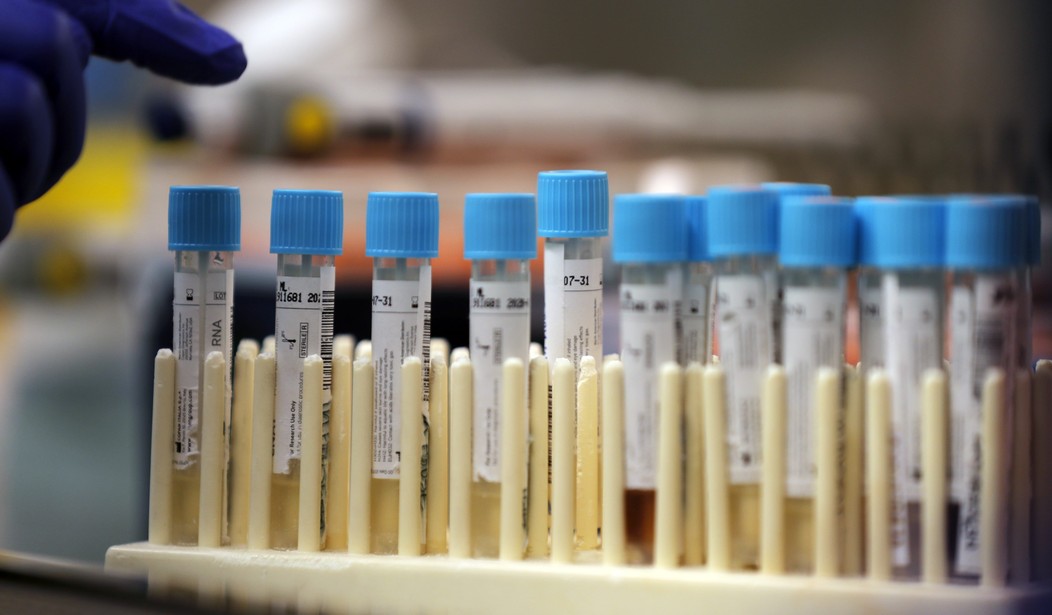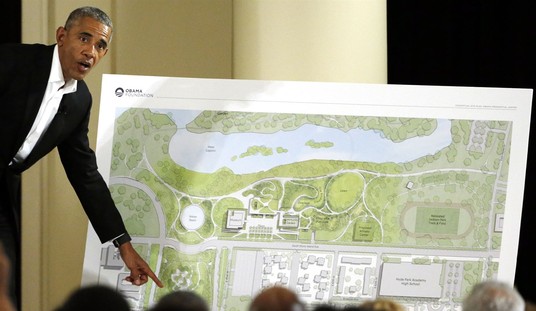The coronavirus is so new that there are still many things we don’t understand or can’t explain about it. The biggest question is whether people who’ve been cured of the virus can get it again. Without knowing that, it will be very difficult to create an effective vaccine.
There are many questions that will be necessary to answer before we can expect to live reasonably normal lives again, and chief among them is how effective the current tests are to determine who has the disease.
The current drive to find a test that will give a result in the shortest time possible obscures the real problem: researchers are reporting far too many false positives and false negatives. Without accurate testing, we’ll be unable to track the virus and won’t be able to respond until an outbreak is out of control.
Some doctors described situations in which patients show up with clear symptoms such as a cough and fever, test negative, and then test positive later on. It’s a particular issue in New York, where the disease has likely infected far more than the 174,000 people confirmed through limited testing. At Jacobi Medical Center in the Bronx, doctor Jeremy Sperling says so-called false-negative tests are now a frequent occurrence in the emergency room.
“If a patient presents with classic Covid symptoms, but tests negative, they’ve still got Covid,” said Sperling, who is the chair of emergency medicine at the hospital. “There is just nothing else it could be in New York City in 2020.”
Simple human error may well lead to inaccurate tests.
Concerns about false negatives arise from a mix of factors: quickly created tests from dozens of labs and manufacturers that haven’t been extensively vetted by federal health regulators; a shortage of supplies and material for the tests that may impact results, long incubation times for the infection, and the challenge of getting an adequate sample from a patient.
Those samples rely on a nasal swab that requires the tester to jam the swab far up the nasal passage — a painful and difficult procedure that an inexperienced health worker may not get right.
All tests are not created equal, and the FDA’s understandable haste in approving these tests for the market may miss some flaw that would reveal itself with more thorough trials.
Another question it’s vital to answer is when during the course of the infection will someone test positive. With the flu, someone tests positive almost immediately after showing symptoms. But the incubation period for the coronavirus is much longer, leading to the possibility that a positive test result won’t be possible until after the disease has already started to do damage.
The implications of unreliable testing are political as well as medical. Bloomberg News:
“Especially as we talk about reopening the country prematurely, there is a serious risk of people who think they are negative contributing to a second round of the virus spreading,” said Congressman Lloyd Doggett, a Texas Democrat and Chairman of the House Ways and Means Health Subcommittee, who on Thursday issued a call for more data on the accuracy of results.
A study out of China shows that about one in three nasal swab tests may produce a false negative result. Until we understand more about this coronavirus and are able to develop a test that’s at least 90 percent reliable, reopening the economy will be a crapshoot.










Join the conversation as a VIP Member